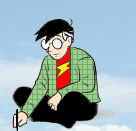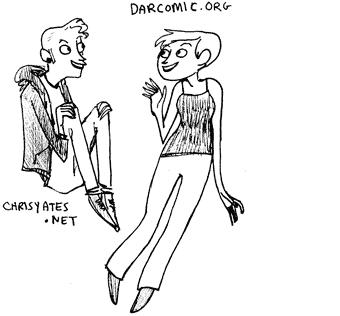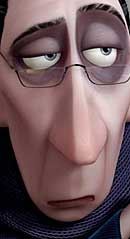General Update: Drawing, Typing, and Talking
In the next few weeks, I’ll be finishing the first draft of the layouts for my graphic novel (working title, The Sculptor). Then on to revisions through February and production of the actual artwork over the course of two more years (it’s about 400 pages). It’ll be done in early 2012 (and yeah, 3 years for a GN may be a long time but hey, at least it’s still quicker than Habibi).
I’m not talking about The Sculptor much on this forum yet because it’s too early, but I’ve been more consumed by this project than anything I’ve ever done, so it’s definitely on my mind night and day. If First Second and I decide to share any of its progress visually next year, you’ll read about it here first. For now though, enjoy all the other great GNs on the market and know that I’m working seven days a week, eleven hours a day on this book when not answering email or traveling.
Speaking of which: My email inbox remains an ongoing avalanche, so please forgive me if my responses have been sluggish. I really am trying to answer all those various requests and urgent messages as fast as I can, there are just so many of them. Seriously, picture Ringo Starr in that Simpson’s episode where he gets around to Marge’s fan mail. That’s me.
I’ll be updating the travel sidebar soon, with upcoming engagements in Portland, Pennsylvania, Indiana (again) and London (twice). Not all are public, but I’ll try to give you fair warning if I’m coming to your city or school.
Back to the tablet!


















 Lately, I’ve been thinking about the role of criticism, specifically negative reviews of comics and how they tend to be received by the creative individuals involved.
Lately, I’ve been thinking about the role of criticism, specifically negative reviews of comics and how they tend to be received by the creative individuals involved.
